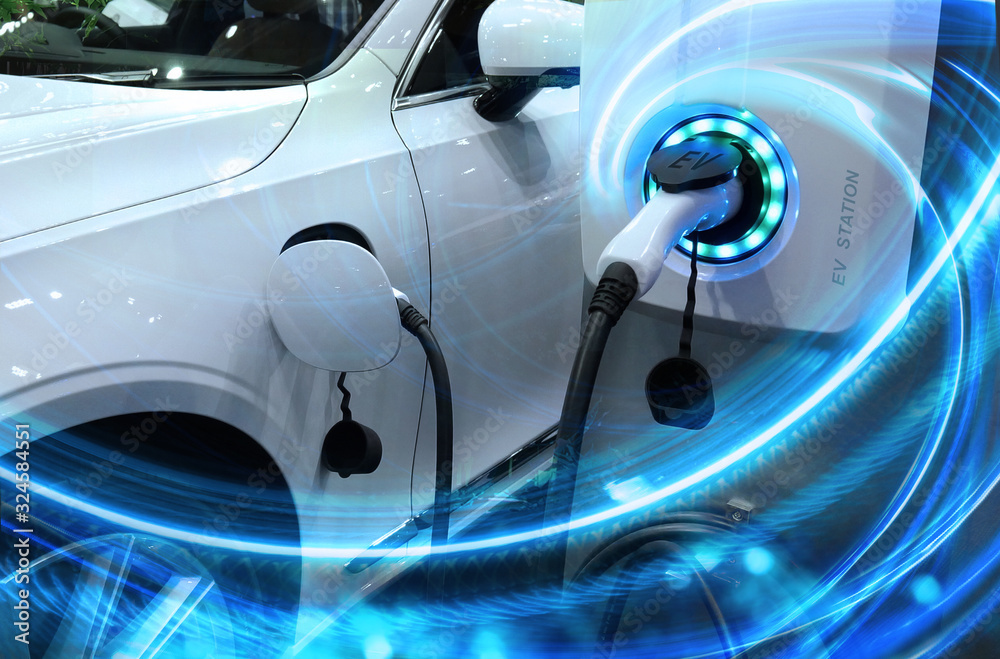If you’ve ever felt off-balance, nauseous, or dizzy during a ride in a Tesla or other EV — there’s a neurological reason.
Tesla: A Perfect Storm for Vestibular Disturbance
Tesla vehicles — particularly the newer models — are marvels of engineering. But their very strengths can become vulnerabilities for people with sensitive balance systems.
• Instant torque = sudden acceleration. Unlike gas cars, there’s no lag. You feel a force pulling you back instantly.
• Regenerative braking = abrupt deceleration. The car slows down sharply when the driver lifts their foot — even without pressing the brake.
• Near-silent ride = sensory confusion. The absence of engine noise removes the cues your brain uses to anticipate motion.
• Minimal vibration = no warning. In most cars, you feel gear shifts, engine rumble, etc. In a Tesla, it’s smooth but unpredictable.
This creates a disconnect between what your inner ear senses and what your eyes or body expect — the exact mechanism behind motion sickness and vestibular destabilization.
Tesla vehicles — particularly the newer models — are marvels of engineering. But their very strengths can become vulnerabilities for people with sensitive balance systems.
• Instant torque = sudden acceleration. Unlike gas cars, there’s no lag. You feel a force pulling you back instantly.
• Regenerative braking = abrupt deceleration. The car slows down sharply when the driver lifts their foot — even without pressing the brake.
• Near-silent ride = sensory confusion. The absence of engine noise removes the cues your brain uses to anticipate motion.
• Minimal vibration = no warning. In most cars, you feel gear shifts, engine rumble, etc. In a Tesla, it’s smooth but unpredictable.
This creates a disconnect between what your inner ear senses and what your eyes or body expect — the exact mechanism behind motion sickness and vestibular destabilization.
BPPV and the Tesla Ride
If you’ve had Benign Paroxysmal Positional Vertigo (BPPV) before, you know that certain head movements — especially in the posterior canal — can provoke dizziness.
In a Tesla:
• Your head may tilt back unexpectedly during acceleration
• It may bob forward during regenerative braking
• The headrest and seat shape often force a subtly unnatural neck position
• Children lying sideways or looking at screens are even more vulnerable
Even if crystals aren’t dislodged again, this kind of motion can mimic the sensation and set off anxiety, nausea, or a feeling of “the floor falling out beneath you.”
If you’ve had Benign Paroxysmal Positional Vertigo (BPPV) before, you know that certain head movements — especially in the posterior canal — can provoke dizziness.
In a Tesla:
• Your head may tilt back unexpectedly during acceleration
• It may bob forward during regenerative braking
• The headrest and seat shape often force a subtly unnatural neck position
• Children lying sideways or looking at screens are even more vulnerable
Even if crystals aren’t dislodged again, this kind of motion can mimic the sensation and set off anxiety, nausea, or a feeling of “the floor falling out beneath you.”
This Is Not Just Sensitivity — It’s Neurological
When multiple people (especially children) feel unwell after a single Tesla ride — but not in other cars — it’s not psychological.
It’s a real neurological mismatch between motion, balance, and visual cues.
How to Protect Yourself (and Your Kids)
If you or your children are prone to:
• Dizziness
• Migraines
• Motion sickness
• BPPV history
• Sensory overload
Here are a few practical tips:
• Avoid Tesla/EV rides when possible, or request “chill mode” driving
• Sit in the front seat, looking straight ahead
• Support your neck and head, especially in the back seat
• Avoid screens during the ride (especially for kids)
• Chew gum or ginger candy — helps regulate the vestibular system
• Stay hydrated and take electrolytes before/after stressful rides
A Final Word
As EVs become more common, so will neurological motion responses like this. It’s time to bring awareness to how advanced technologies can subtly impact biological systems — especially the ones we rarely think about, like balance and orientation.
If you’ve ever felt dizzy or “off” after a ride in a Tesla, you’re not alone — and you’re not imagining it.
Stay grounded.
When multiple people (especially children) feel unwell after a single Tesla ride — but not in other cars — it’s not psychological.
It’s a real neurological mismatch between motion, balance, and visual cues.
How to Protect Yourself (and Your Kids)
If you or your children are prone to:
• Dizziness
• Migraines
• Motion sickness
• BPPV history
• Sensory overload
Here are a few practical tips:
• Avoid Tesla/EV rides when possible, or request “chill mode” driving
• Sit in the front seat, looking straight ahead
• Support your neck and head, especially in the back seat
• Avoid screens during the ride (especially for kids)
• Chew gum or ginger candy — helps regulate the vestibular system
• Stay hydrated and take electrolytes before/after stressful rides
A Final Word
As EVs become more common, so will neurological motion responses like this. It’s time to bring awareness to how advanced technologies can subtly impact biological systems — especially the ones we rarely think about, like balance and orientation.
If you’ve ever felt dizzy or “off” after a ride in a Tesla, you’re not alone — and you’re not imagining it.
Stay grounded.
